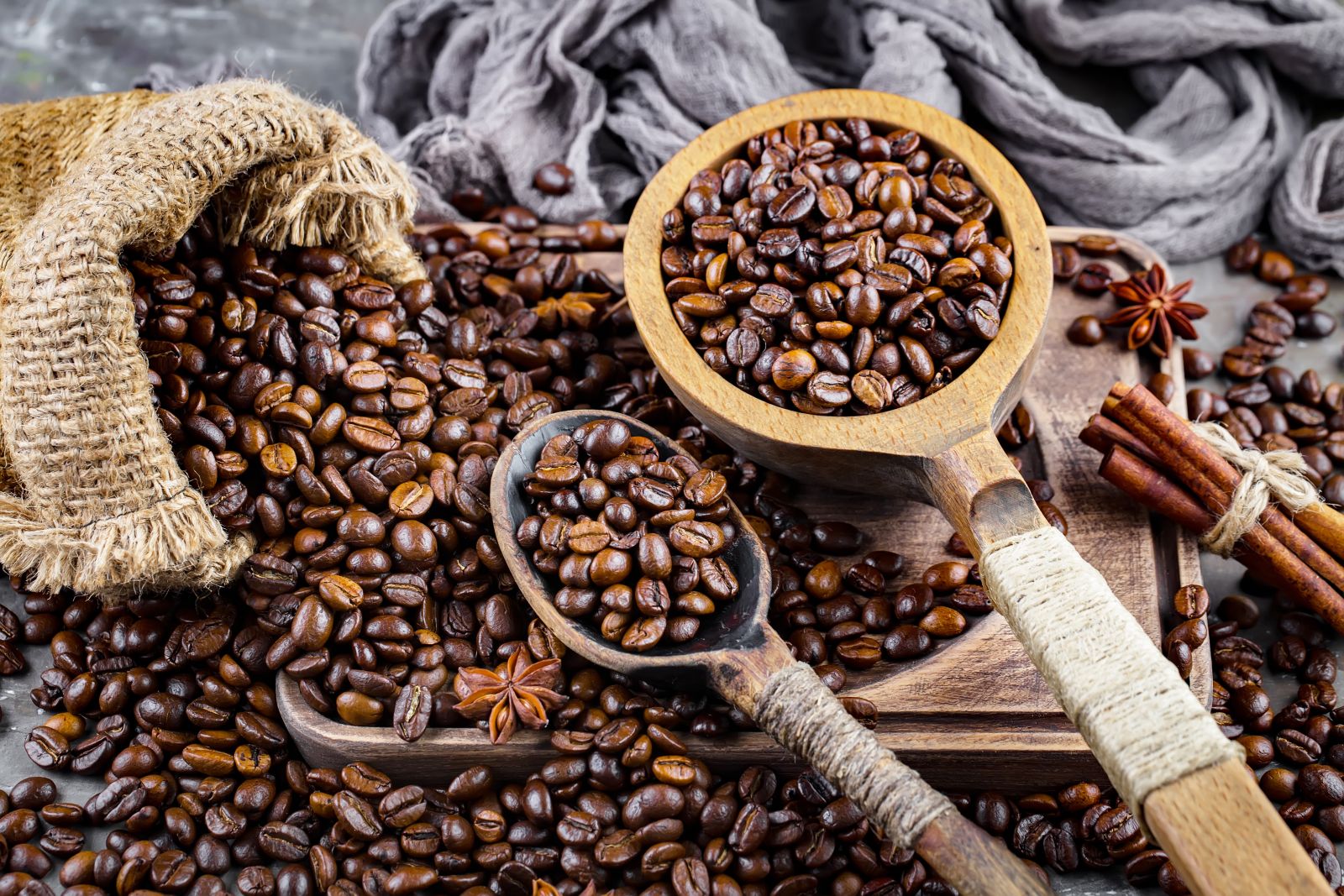
May arabica coffee (KCK25) Monday closed up +2.70 (+0.75%), and May ICE robusta coffee (RMK25) closed up +164 (+3.22%).
Coffee prices on Monday moved higher and posted 1-week highs. Below-normal rain in Brazil supported coffee prices after Somar Meteorologia reported Monday that Brazil's biggest arabica coffee growing area of Minas Gerais received 17.9 mm of rain in the week ended April 12, or 89% of the historical average. Robusta coffee is also climbing on signs of tighter supplies after ICE-monitored robusta coffee inventories fell to a 6-week low Monday of 4,249 lots.
Supply fears are supportive of coffee prices. Cecafe reported last Wednesday that Brazil's March green coffee exports fell -26% y/y to 2.95 million bags. On January 28, Conab, Brazil's government crop forecasting agency, forecasted that Brazil's 2025/26 coffee crop would fall -4.4% y/y to a 3-year low of 51.81 million bags. Conab also cut its 2024 Brazil coffee crop estimate by -1.1% to 54.2 million bags from a September estimate of 54.8 million bags.
Coffee also has support after Cooxupe, Brazil's largest arabica coffee co-operative, said high temperatures and below-normal rainfall last month in Brazil would negatively affect coffee yields this year. Brazil is the world's largest producer of arabica coffee.
Last Wednesday, arabica coffee fell to a 3-month low as global trade war fears undercut most commodity prices, including coffee. Also, there is concern that coffee demand will suffer as the higher tariffs increase coffee prices for US consumers.
Arabica coffee inventories have recently increased, which is a negative price factor. ICE-monitored arabica coffee inventories rose to a 4-week high Monday of 786,920 bags.
On the negative side for coffee, Marex Solutions said on March 7 that they expect the global coffee surplus in the 2025/26 season to widen to 1.2 million bags from +200,000 bags in the 2024/25 season.
Increased global supplies are bearish for robusta coffee. Marex Solutions projects Vietnam's 2025/26 robusta production at 28.8 million bags, up +7.9% y/y, and Brazil's 2025/26 robusta production at 25 million bags, up +13.6% y/y.
The impact of dry El Nino weather last year may lead to longer-term coffee crop damage in South and Central America. Rainfall in Brazil has consistently been below average since last April, damaging coffee trees during the all-important flowering stage and reducing the prospects for Brazil's 2025/26 arabica coffee crop. Brazil has been facing the driest weather since 1981, according to the natural disaster monitoring center Cemaden. Also, Colombia, the world's second-largest arabica producer, is slowly recovering from the El Nino-spurred drought last year.
Robusta coffee has support from reduced robusta production. Due to drought, Vietnam's coffee production in the 2023/24 crop year dropped by -20% to 1.472 MMT, the smallest crop in four years. Also, Vietnam's General Statistics Office reported that 2024 Vietnam coffee exports fell -17.1% y/y to 1.35 MMT. In addition, the Vietnam Coffee and Cocoa Association on March 12 cut its 2024/25 Vietnam coffee production estimate to 26.5 million bags from a December estimate of 28 million bags. Finally, the Vietnam Customs Department reported Friday that Vietnam's Jan-March coffee exports were down -15.3% y/y to 495,780 MT. Vietnam is the world's largest robusta coffee producer.
News of larger global coffee exports is bearish for prices. Conab reported on February 4 that Brazil's 2024 coffee exports rose +28.8% y/y to a record 50.5 million bags. However, ICO reported on February 6 that Dec global coffee exports fell -12.4% y/y to 10.73 million bags, and Oct-Dec global coffee exports fell -0.8% y/y to 32.25 million bags.
The USDA's biannual report on December 18 was mixed for coffee prices. The USDA's Foreign Agriculture Service (FAS) projected that world coffee production in 2024/25 will increase +4.0% y/y to 174.855 million bags, with a +1.5% increase in arabica production to 97.845 million bags and a +7.5% increase in robusta production to 77.01 million bags. The USDA's FAS forecasts that 2024/25 ending stocks will fall by -6.6% to a 25-year low of 20.867 million bags from 22.347 million bags in 2023/24. Separately, the USDA's FAS on November 22 projected Brazil's 2024/25 coffee production at 66.4 MMT, below its previous forecast of 69.9 MMT. The USDA's FAS projects Brazil's coffee inventories at 1.2 million bags at the end of the 2024/25 season in June, down -26% y/y.
For the 2025/26 marketing year, Volcafe on December 17 cut its 2025/26 Brazil arabica coffee production estimate to 34.4 million bags, down by about 11 million bags from a September estimate after a crop tour revealed the severity of an extended drought in Brazil. Volcafe projects a global 2025/26 arabica coffee deficit of -8.5 million bags, wider than the -5.5 million bag deficit for 2024/25 and the fifth consecutive year of deficits.







